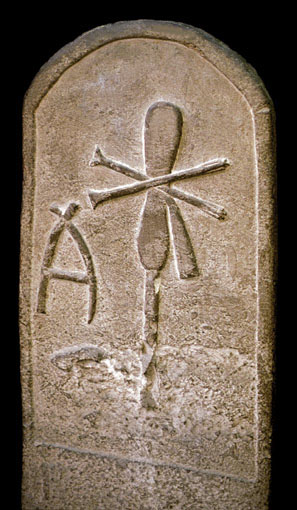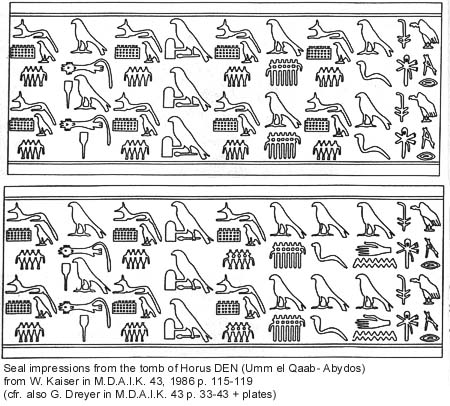 This queen is one of the most disputed persons of the archaic period.
This queen is one of the most disputed persons of the archaic period.
|
|
|
|
THIRD DYNASTY |
MERNEITH (MERYT-NEITH)
Short summary of her reign
 This queen is one of the most disputed persons of the archaic period.
This queen is one of the most disputed persons of the archaic period.
